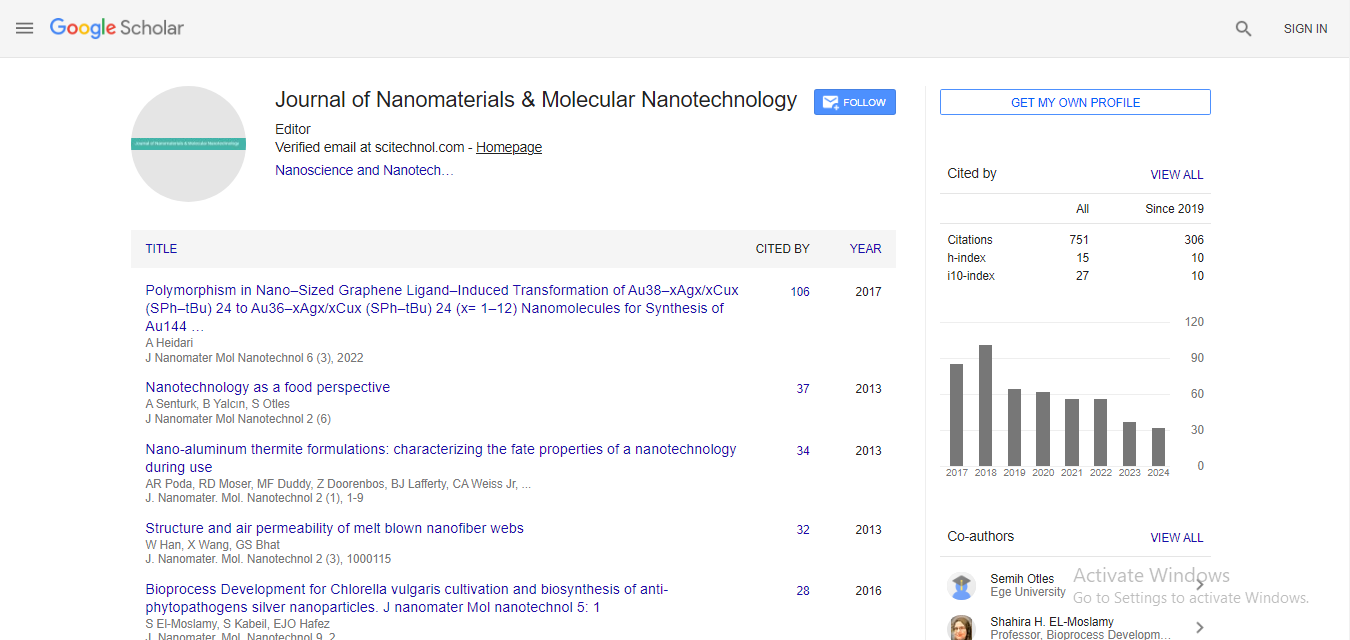Enhanced oil palm empty fruit bunch-polycaprolactone reinforced NZF-NiO composites for electromagnetic interference shielding application
Ahmad Fahad Ahmad
Universiti Putra Malaysia, Malaysia
: J Nanomater Mol Nanotechnol
Abstract
Improved ferrite–polymer composites have been subjected to a wide range of research due to their extensive applications. Where, the dielectric, magnetic and thermal properties for such composite materials depend on size, shape and the amount of filler addition. Electromagnetic shielding (EMS) is an issue that needs to be resolved in the design and development of many electronic systems and components. A number of light-weight polymers have been proposed with shielding effectiveness (SE) as high as 80dB. However not all EM interference or compatibility applications demand materials with very high shielding effectiveness (SE) value, like; the Wireless Avionics Intra-Communications protocol imposed only a minimum SE of only 5dB for the aircraft structural design, electrodes and sensors. This work highlights the development of microwave-absorbing material from NZF by adding natural fibres, Oil Palm Empty Fruit Bunch (OPEFB) fibre and polycaprolactone (PCL) along with nickel oxide (NiO). NZF material was prepared by using the conventional solid-state reaction technique. The effective permittivity and effective permeability was obtained over the microwave frequency ranged from 8 to 12 GHz. It was observed that the values of effective permittivity and permeability increased as the NZF filler content increased. It was observed that the sample thickness influences the measurements of both reflection loss and absorption of the OPEFB-in-polymer-NZF composites. Where the thicker samples result in higher microwave absorption, such that a sample of 10 mm thickness yields higher absorption compared to a sample of 3.35 mm thickness. A rectangular waveguide connected to a microwave vector network analyser (PNA) was utilized in measuring the composite’s reflection and transmission coefficients for various NZF% filler. The parameter results was then used in calculating the microwave absorbing properties (dB). The composite paints are expected to be very useful in military applications such as radar cross section reduction and prevention of EM interference.
Biography
E-mail: ahmadfahad@upm.edu.my
 Spanish
Spanish  Chinese
Chinese  Russian
Russian  German
German  French
French  Japanese
Japanese  Portuguese
Portuguese  Hindi
Hindi 



